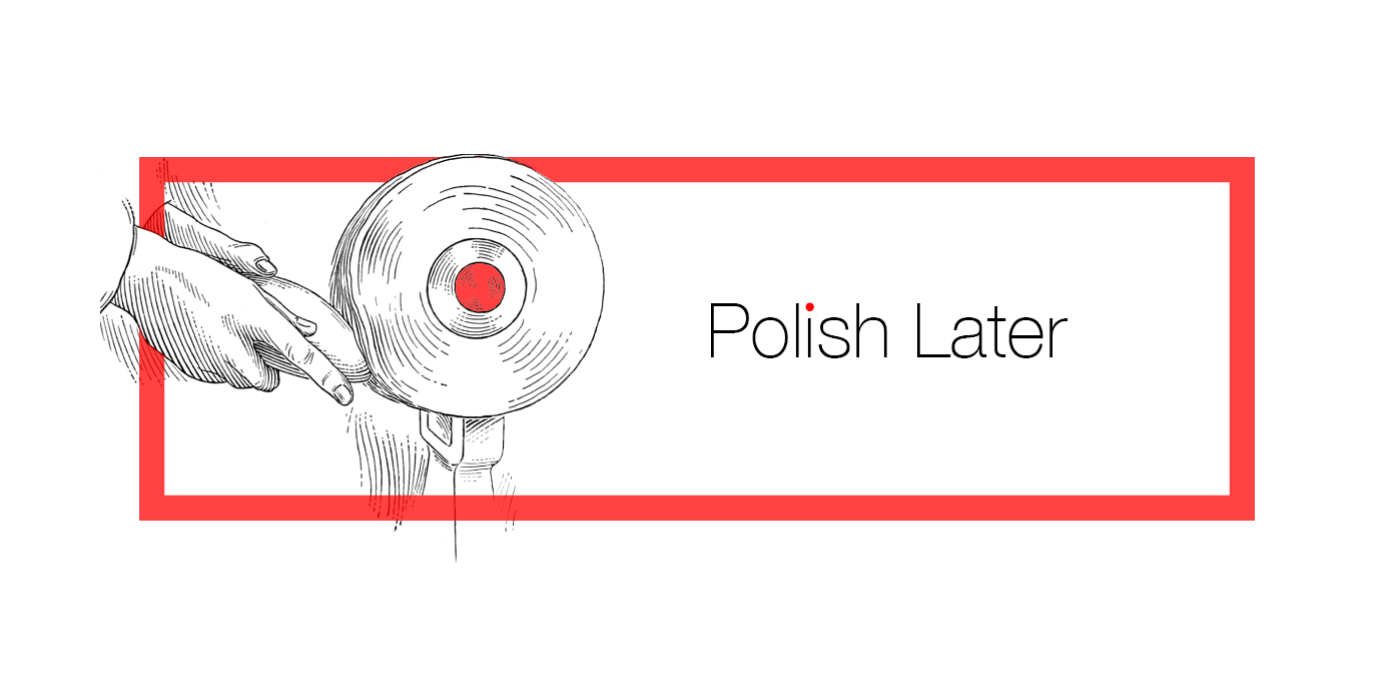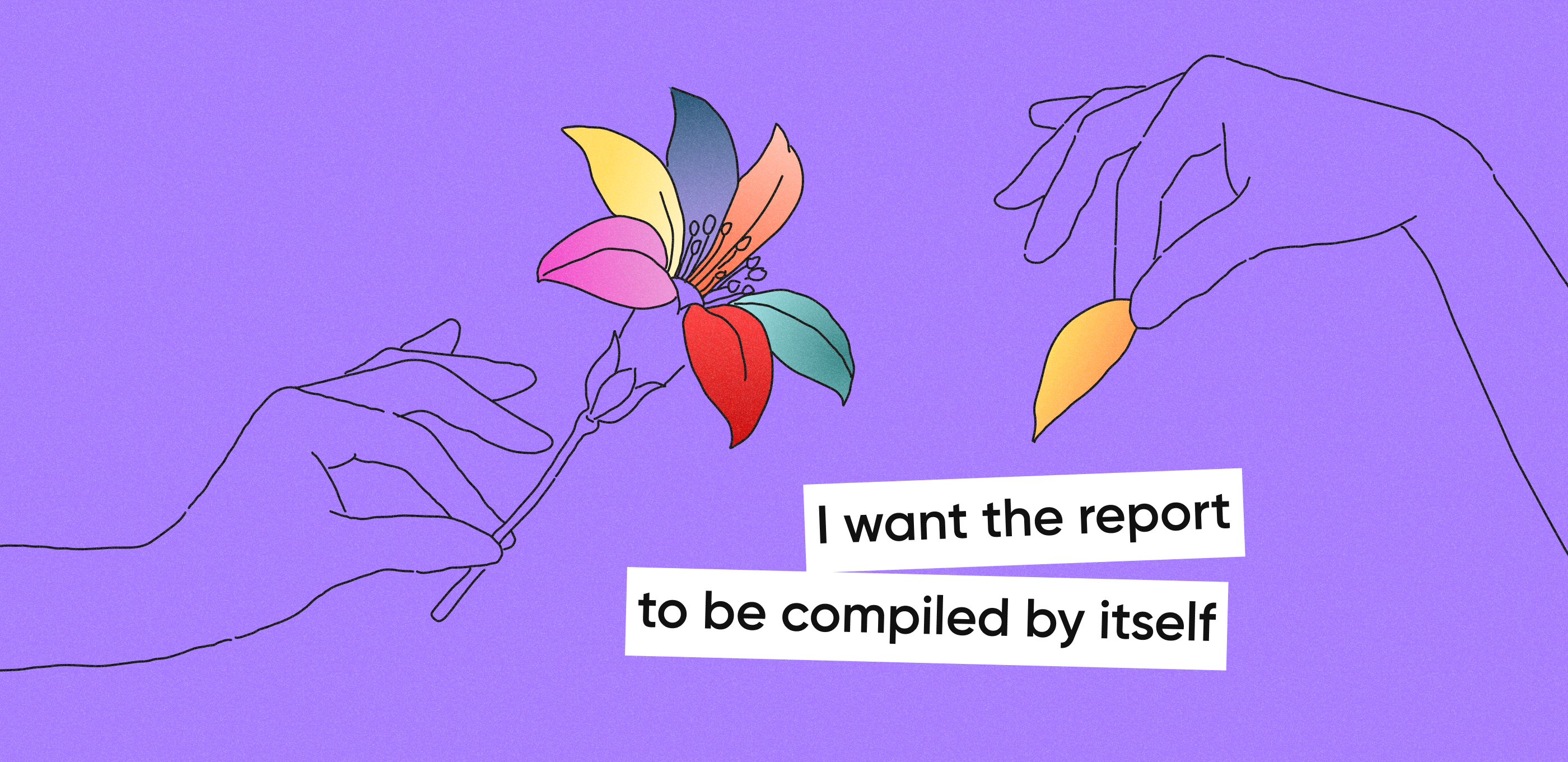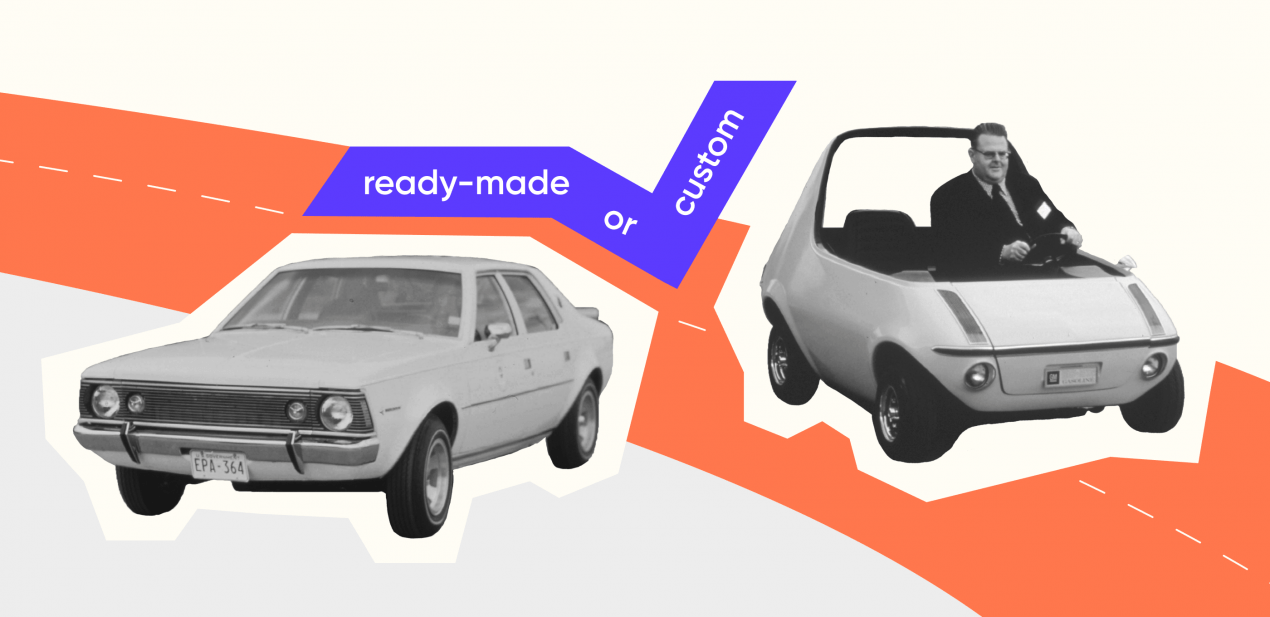Your MVP will never be perfect. If you wait for it to become perfect, you’ll never get started.
Prior to hiring an MVP Development Company, we recommend that you check out 2 common mistakes committed by early-stage entrepreneurs. There’s a chance you might see yourself in one of these scenarios. So go figure out what you might be doing wrong and find out ways how to better fix it.
1. Need one more feature
Suppose the devs have already started building your brand new and revolutionary idea. The product backlog contains never-ever-seen disrupting features, flashy interface — development progresses and that’s great. And will be even greater soon.
For that, you just need these X and Y and Z features to be done. To lure users in and make them feel your product is a one-stop-shop. Or simply because your competitor has them.
Well, the dev team has a huge list of so-called ‘value-added’ features to deliver by a planned date. Seems like there’s still nothing to worry about — you want to do this to DELIGHT customers. So, why not to start building every feature you think of, huh?
But that’s what actually happens.
A huge overcomplicated feature behemoth with X, Y, and Z in place, poor usability, and no logical workflow
Some things don’t work because they need other things to make them work, but the devs haven’t started building them yet. Well, we’re about to offer you the following:
To avoid problems with Agile development, start with the question ‘Who the hell needs my thing?’
If you say ‘Everyone’, you’ll be wrong. So many product owners answer this way. Well, not just answer — they actually think so. Due to ‘Everyone needs our thing’ thinking they start jamming as many features, as they can satisfy every need of every user.
Maybe it would be better to start with people who don’t need your product. Or, better shift this to more practical variation which is ‘Who is happier without my product?’
To avoid problems with Agile development, you can:
- Drop features created for those ones who live happily without your product.
- Exclude those ones who ‘live happy without my thing’ from the target market and tailor your initial advertising accordingly
There is a huge difference between building a feature for the sake of building a feature and building a feature because it enhances the core functions of your product. By ‘core’ we mean that your product won’t actually work without them.
2. Guess what, I’ll redesign it
Fretting about fancy stuff like sliders, rotating images and scrolling logos; tweaking every single pixel on your website for no better reason than ‘Let’s freshen this up’; envying your competitor’s website looks sexier and has a better navigation structure you want to copy — all of these sentiments arise from the desire to attract traffic, convert leads and lift sales.
Sadly, redesign based on emotions never works
See what actually happens:
- As a product leader, you become unhappy about the way your product looks right now, so you start searching for stuff to change. You always find something.
- You conclude that let’s say, X, Y, and Z need redesigning and share it with developers.
- The dev team burns the candle at both ends to meet the deadlines and fix bugs that appeared while they were redesigning X, Y, Z.
- You pay the developers and get a new, refreshed, finalized website stuff, and you and the devs go your separate ways.
- Sometime later you become dissatisfied again and the process repeats. Over and over again.
To prevent problems with Agile Development, we suggest you try a better approach. It will cost you less cash, nerves and time you’d spend on Skype calls with the devs to discuss ‘one more quick fix’.
Rather than overpaying for ‘fancy’ changes, just keep the old, ‘ugly’ website. Seriously
Rather than ‘tweaking anything’ care of the way your product solves your target audience problem, think of how you communicate with them. The thing they really care is not how beautiful your product looks, it’s more about how easy for them to find what they want, expected outcomes and benefits.
How to stay truly lean
Problems with Agile Development — is there a way to avoid them? This is exactly what you should do:
- Start out with an unpolished product. Not the same as dropping a poorly-executed product.
- Go to the market and share it with early adopters.
- Get some feedback on what they like, what they don’t, what they want to change, and how they’d like to improve it.
- Fix sucky parts of your first product version accordingly and move forward. Or try pivot. Repeat until you have nothing more to improve.












